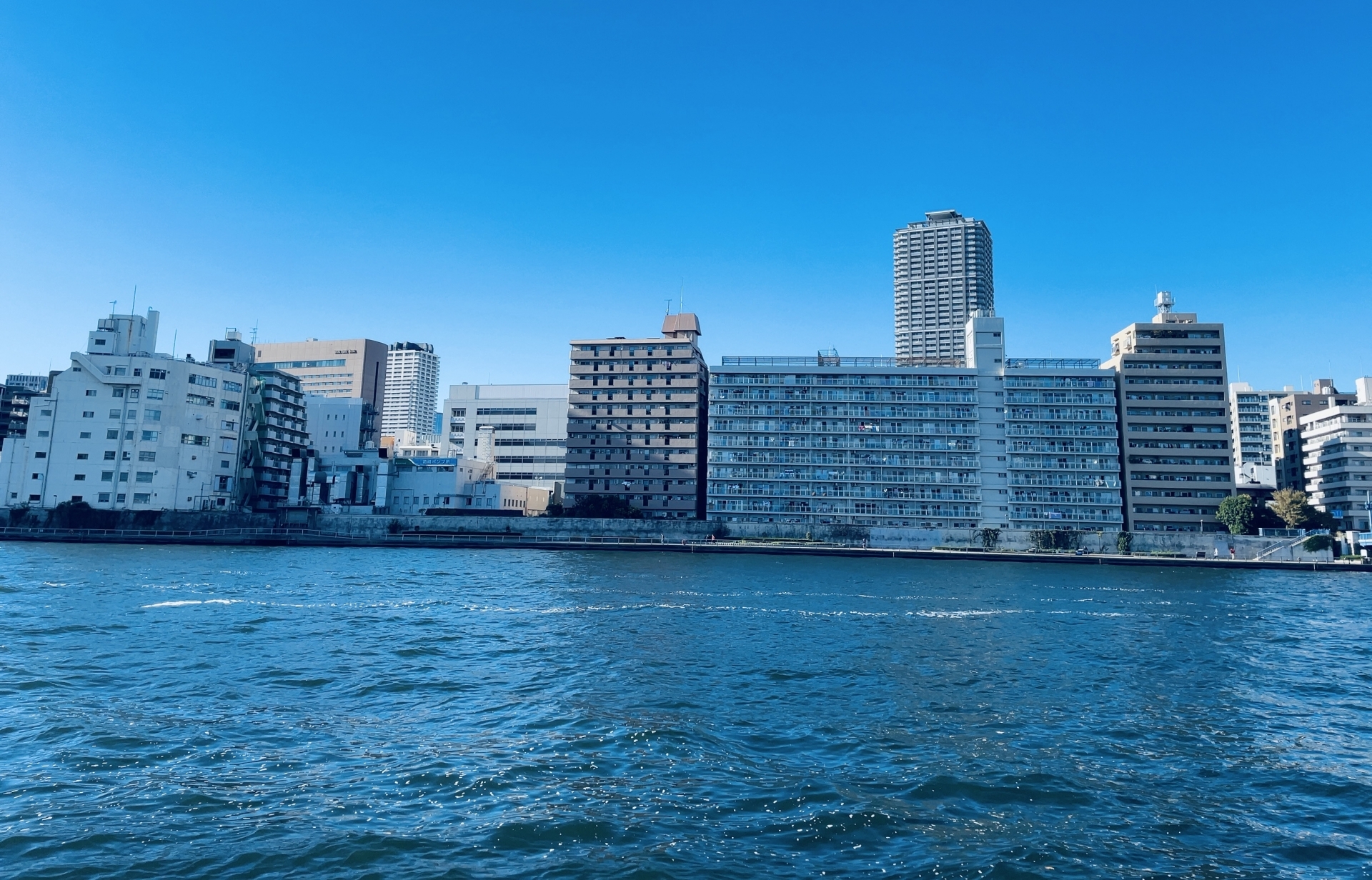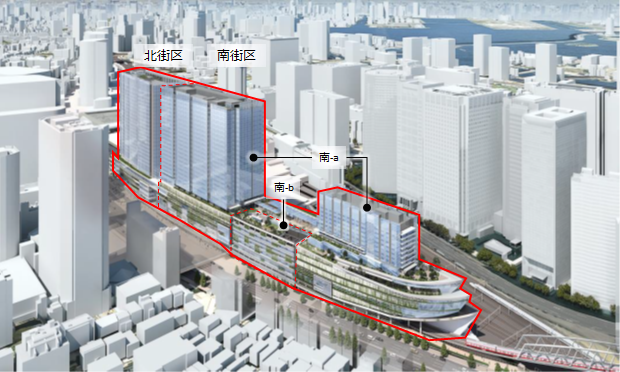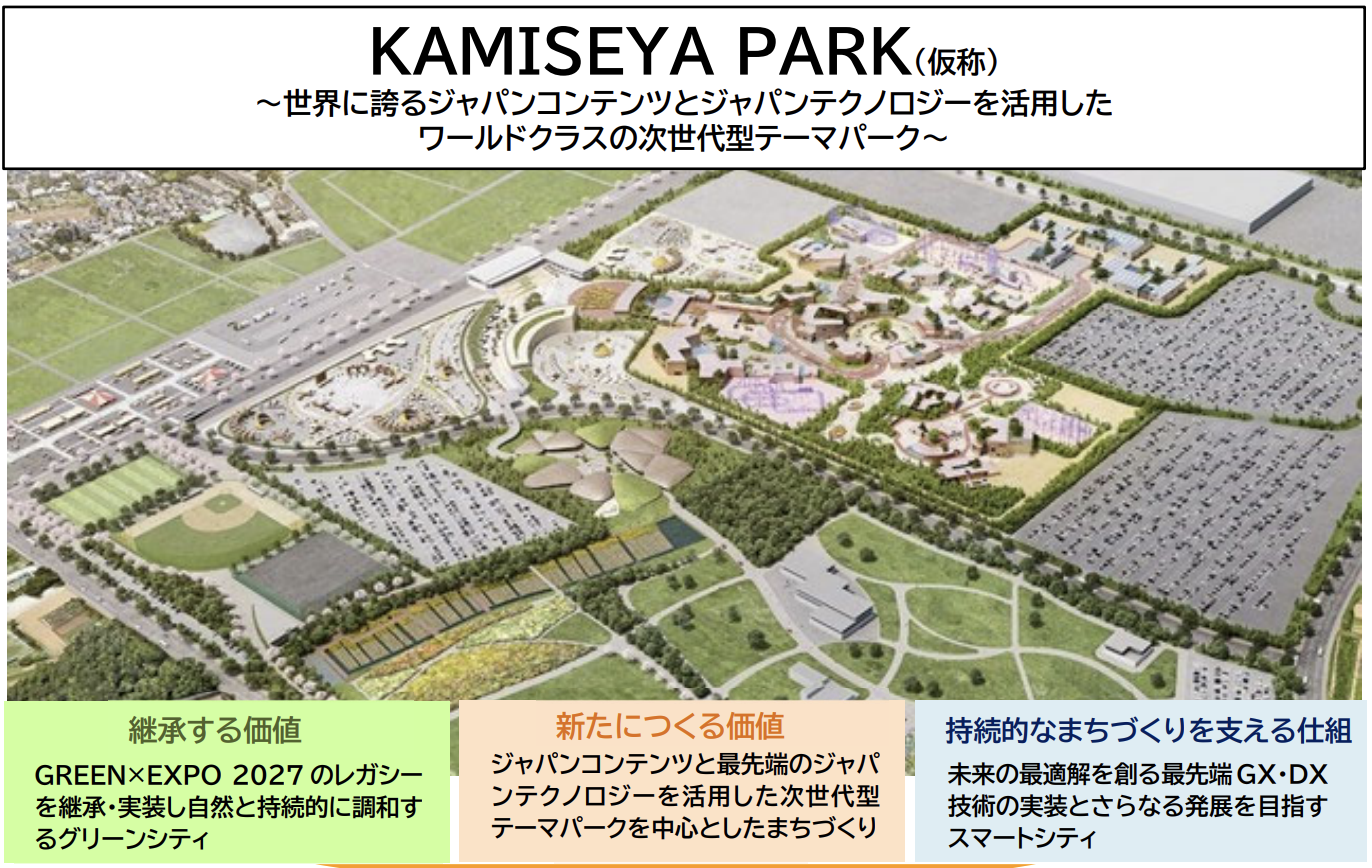Steel-frame construction (S construction) is based on a "rigid-frame structure" in which the building is supported by pillars and beams, enabling large-space and flexible floor plan design without relying on bearing walls. This structure is characterized by the ease of changing the floor plan in renovations, as partitions can be moved or removed in the future with little impact on the building frame. On the other hand, reinforced concrete (RC) construction has the high durability, fire resistance, and sound insulation properties of concrete, and is widely used for condominiums and public facilities. This paper will explain why steel construction is said to be "easy to renovate" from the viewpoints of structure, construction, and cost and construction period.
Structural Features and Degrees of Freedom
-
Steel Construction (S Construction): Steel construction is generally a rigid-frame structure supported by pillars and beams, and can be designed without the need for structural walls inside the room. This makes it easy to create large atrium and large-span spaces, and allows for remodeling without structural reinforcement in the event that partitions need to be changed in the future. The thicker the beams in light steel construction, the greater the flexibility of the floor plan, and the more flexible it is to increase or decrease the number of rooms or to install large openings.
-
RC (Reinforced Concrete): In the case of RC ramen construction, the load is supported by columns and beams, allowing for large spaces and a high degree of flexibility in floor plans, similar to steel-frame construction. In addition, concrete walls provide excellent sound insulation and thermal insulation, and have high fire resistance. However, in the wall construction (WRC construction) that is common in detached houses and low-rise buildings, it is difficult to remove walls due to the large number of "load-bearing walls" for earthquake resistance, which limits the scope for floor plan changes.
Flexibility in Construction
-
Handling of walls and partitions: In steel construction, there are many walls that do not affect the structure (non-bearing walls), so it is easy to remove partitions in order to expand a room. Because the structure is supported by columns and beams, it is possible to remodel the building by utilizing the framework, even if only the interior is left in a skeleton state. On the other hand, RC construction has a wall structure in which the concrete wall itself becomes a structural element, so removal of structural walls is basically not possible.
-
Plumbing and wiring changes: Steel construction has the advantage that the interior of the frame can be used as a plumbing and wiring route in post-construction, making it easy to change the location of facilities during renovations. On the other hand, with RC construction, it is difficult to drill new holes or change the routes after completion because the concrete is cast after the space for plumbing and wiring is reserved at the time of construction. For example, in extensions and renovations to change the location of electrical outlets and switches, steel construction is relatively easier. However, if the space under a false ceiling or floor is limited, renovations are greatly restricted even with steel construction.
-
Construction period and workability: In many cases, lightweight steel frames can be quickly constructed on site and the construction period can be shortened because the materials are light and factory production is advanced. The quicker the construction, the smaller the burden during the construction period while living in the building, and the cost reduction effect can be expected due to the shortened construction period. In contrast, RC construction may require time for concrete strength training, demolition, and reinforcement work, and the overall construction period tends to be longer. However, the total construction period for an important steel-frame structure is often the same as that for an RC structure.
Differences in Cost and Construction Period
-
Demolition and removal costs: Demolition costs for RC construction are high because the structural frame is made of heavyweight concrete and reinforcing steel. In general, demolition costs for RC houses are said to be approximately 60,000-80,000 yen/tsubo, which is about twice the cost of wooden houses. In contrast, steel frame construction costs are lower than RC construction, at approximately 35,000-50,000 yen per tsubo for light steel frame construction and 45,000- 55,000 yen per tsubo for heavy steel frame construction. Steel frame materials are easy to shred and sort, even when heavy machinery is used, so waste disposal costs are also reduced.
-
Material and construction costs: Even within the same steel frame structure, lightweight steel frames have lower material and construction costs than heavy steel frames, and overall steel frame construction may be more cost-effective than wood or RC construction. The lightweight components make transportation and construction easier, which has the advantage of reducing the overall cost of renovations. However, the cost will increase if additional work is required, such as structural reinforcement or insulation modifications, so it is important to consult with a specialist to plan what to keep and what to work on in both RC and steel construction.
-
Construction period: The construction period can be shortened by taking advantage of the features of lightweight steel frame construction. In many cases, the number of working days on site can be reduced because steel-framed structures can be fabricated in a factory in advance. On the other hand, RC construction requires a curing period after concrete is poured in some cases, so overall construction may not be as fast as with steel construction. However, even skeleton renovation of a steel-frame structure can take several months for large-scale work, so the specific construction period will depend on the condition of the building and the scope of construction.
Balancing the Strengths of RC Construction with the Strengths of Steel Construction
While the high degree of freedom of steel construction was introduced, RC construction also has its advantages: the large mass of concrete in RC construction makes it soundproof and insulating, and it is easy to block out external noise. It also has high fire resistance, making it safe in the event of a fire, and if properly maintained, it has a very long service life. In addition, since RC Rahmen buildings can provide large spaces, they are suitable for applications that require open design, such as office buildings and commercial facilities. Despite these reasons why steel-frame construction is suitable for renovations, the advantages of RC construction should not be forgotten. Depending on the purpose of the renovation and the building conditions, consider the strengths and limitations of each with an expert.
Conclusion
Steel construction (S construction) is suited for renovation because the post-and-beam frame structure allows a high degree of freedom in changing floor plans and plumbing, and it is generally easy to perform interior work. On the other hand, RC construction is superior in terms of durability and sound insulation, which are unique to the concrete frame, and has the advantage of long and safe living. Rather than which is superior, it is important to choose the structure that best suits your objectives and future plans. In order to create the optimal renovation plan, it is important to understand the structural type of the building (steel frame or RC construction) and consult with a specialist (architect, construction company, etc.) carefully.

Daisuke Inazawa
Representative Director of INA&Associates Inc. Based in Osaka, Tokyo, and Kanagawa, he is engaged in real estate sales, leasing, and management. He provides services based on his extensive experience in the real estate industry. Based on the philosophy that “human resources are a company's most important asset,” he places great importance on human resource development. He continues to take on the challenge of creating sustainable corporate value.

.png)












![Definition, Role, and Selection Criteria for Real Estate Management Companies [Focusing on the Importance of Human Resources]](https://app.ina-gr.com/hs-fs/hubfs/AI-Generated%20Media/Images/The%20image%20shows%20a%20businessman%20in%20a%20suit%20holding%20a%20smartphone%20and%20concentrating%20on%20checking%20something%20against%20the%20backdrop%20of%20a%20modern%20office%20building%20Beside%20him%20is%20a%20large%20glass%20window%20letting%20in%20sunlight%20The%20businessmans%20expression%20is%20serious%20his%20ey.jpeg?width=550&height=395&name=The%20image%20shows%20a%20businessman%20in%20a%20suit%20holding%20a%20smartphone%20and%20concentrating%20on%20checking%20something%20against%20the%20backdrop%20of%20a%20modern%20office%20building%20Beside%20him%20is%20a%20large%20glass%20window%20letting%20in%20sunlight%20The%20businessmans%20expression%20is%20serious%20his%20ey.jpeg)
